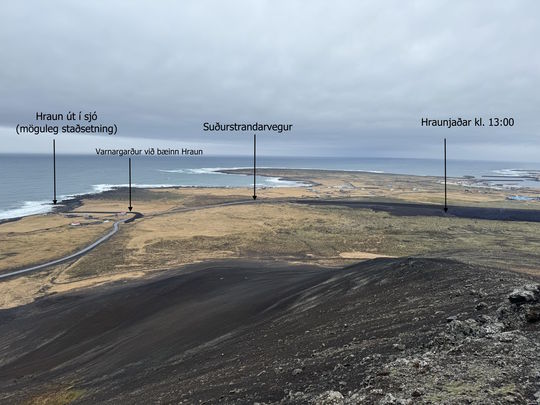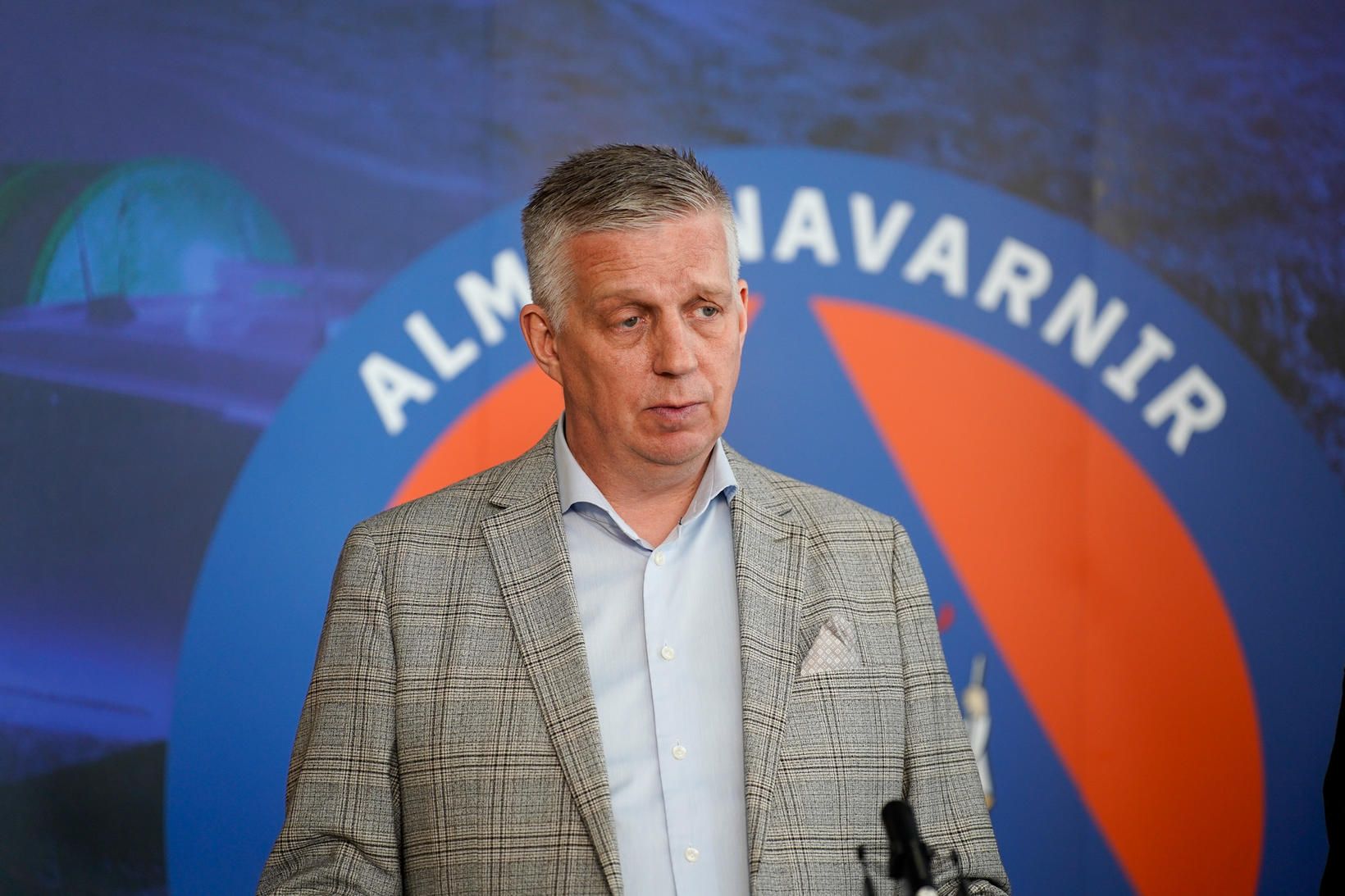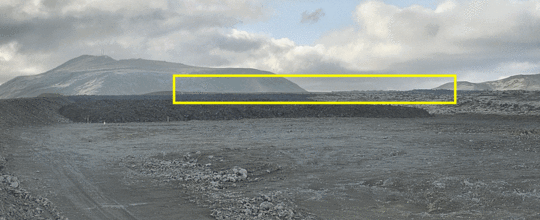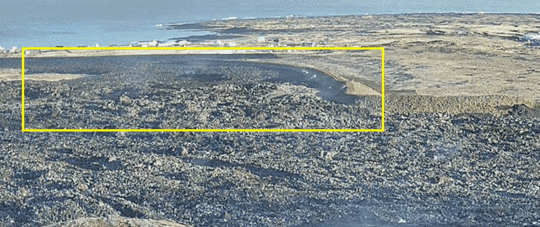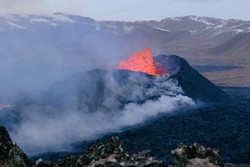
Photo taken on Wednesday, April 10, showing the active crater as seen from Sundhnúk. (Photo: Jón Bjarni Friðriksson/Icelands Meteorological Office)
Continued landrising increases the likelihood of another magma flow even though an eruption is ongoing
More uncertainty about the development of the earthquakes in the coming days or weeks
19.4.2024
Updated April 19 at 14:55
- Landris in Svartsengi continues at a steady pace
- Since April 5, only one crater has erupted and the lava flow from it has remained fairly constant since then, just over 3m 3 /s
- There is still a risk of gas pollution. We advise people in the area to monitor air quality .
- The weather watch's forecast for gas distribution can be found here
- If the accumulation of magma under Svartsengi continues at a similar rate, the probability of another magma flow increases in the coming days or weeks, even though the eruption is still ongoing.
After the fourth eruption began on March 16, landrising slowed down significantly for a while and almost stopped. It indicated that there was a balance between the inflow of magma into the magma chamber under Svartsengi and to the surface in the Sundhnúks crater series (Fig. 1).
At the beginning of April, land pressure began to increase again, and now approximately as much of the magma is flowing to the surface as is accumulating in the magma chamber under Svartsengi with the associated increased magma pressure (Figure 2).
The current situation is new, as a volcanic eruption with fairly constant lava flow is going on in the Sundhnúks crater series at the same time as land is rising in Svartsengi. Therefore, there is more uncertainty now than before about the possible development of the event.
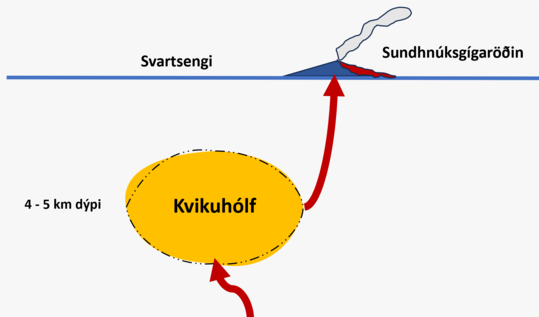 (Figure 1)
(Figure 1)
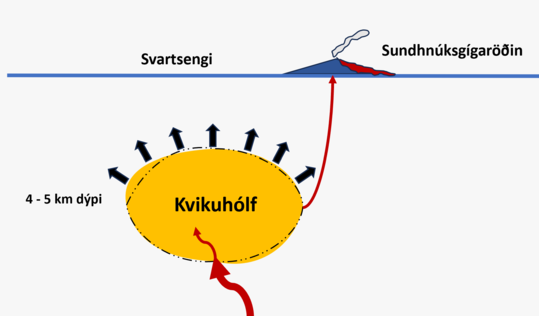 (Figure 2)
(Figure 2)
Model calculations assume that more than
6 million m 3 of magma has now been added to the magma chamber under Svartsengi since March 16. In previous events, magma has flowed from Svartsengi when between
8 and 13 million m 3 have been added to the magma chamber since the last event.
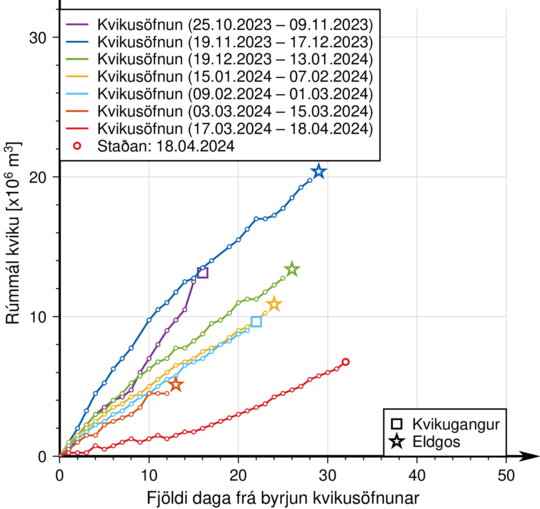
The graph shows the estimated amount of magma that has been added under Svartsengi between the eruptions or magma flows that have occurred since November 2023.
More uncertainty about the development of the earthquakes in the coming days or weeks
So far, there has been talk of an increased probability of a magma flow and even a subsequent eruption in connection with the sequence of events in the Sundhnúks crater series. It's good to remember that a magma flow is a sudden and large flow of magma that flows out of a magma chamber and can end up with magma breaking up to the surface. After the magma run on March 2, which did not end in an eruption, there was a change in the activity that had been fairly stable since December.
If magma accumulation continues at a similar rate, the probability of another magma flow increases in the coming days or weeks, even though the eruption is still ongoing. Getting magma flow out of the magma chamber in Svartsengi together with the current eruption is a scenario that has not been seen before. There is therefore more uncertainty about the development of the earthquakes in the coming days or weeks.
A likely sequence of events if a magma flow occurs at the same time as a current eruption:
- Magma flows from the magma chamber under Svartsengi into the Sundhnúks crater sequence, just like the last six times.
- As a result of the magma flow, new fissures may open in the area between Stóra-Scógfell and Hagafell or/and existing vents may expand with a sudden increase in lava flow. It could happen with very little or no notice.
- If a magma flow ends with new fissures opening up elsewhere in the magma tunnel that formed on November 10, a much longer notice can be expected, most likely intense micro-seismic activity, deformation and pressure changes in boreholes.
- It is also possible that there will not be a magma flow, but that the flow in the current eruption stops decreasing and begins to increase steadily until a new balance between the inflow of magma from below and the flow to the surface from the crater is reached.
- If a magma flow ends with new fissures opening somewhere other than in the area between Stóra-Scógfell and Hagafell, such a scenario would very likely be accompanied by high seismic activity and deformation with considerably more advance notice than previous volcanic eruptions.
Updated hazard assessment
In light of the uncertainty caused by the increasing pressure in the magma chamber under Svartsengi, the Norwegian Meteorological Agency has raised the risk due to the eruption in areas 1, 4 and 7 from"small"in"considerable". However, the total risk (color) in the affected areas does not change because of this.
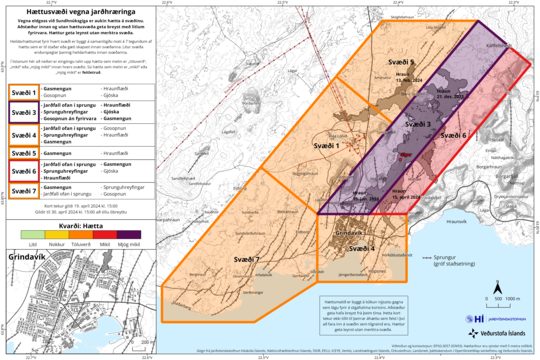

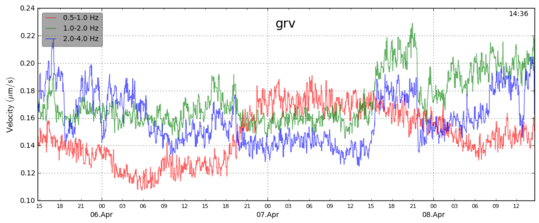
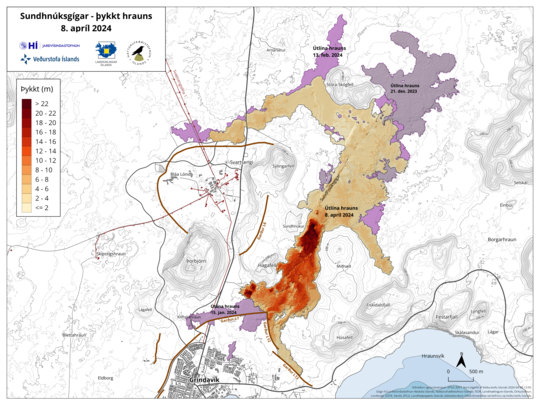

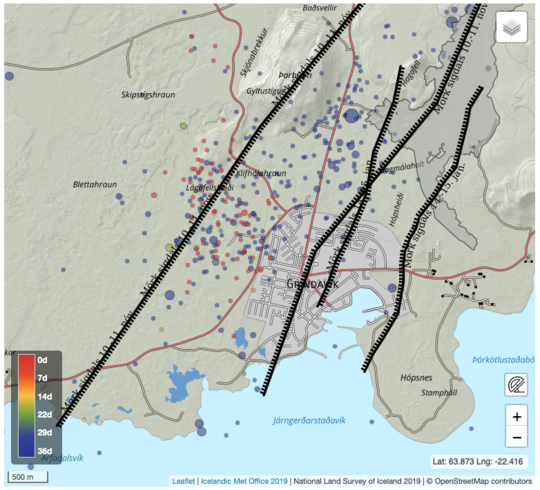
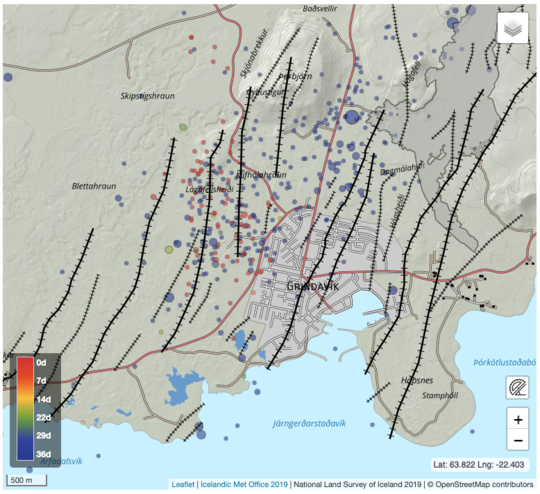

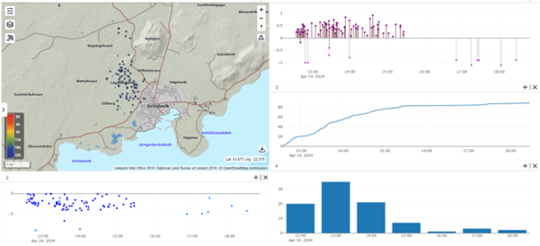
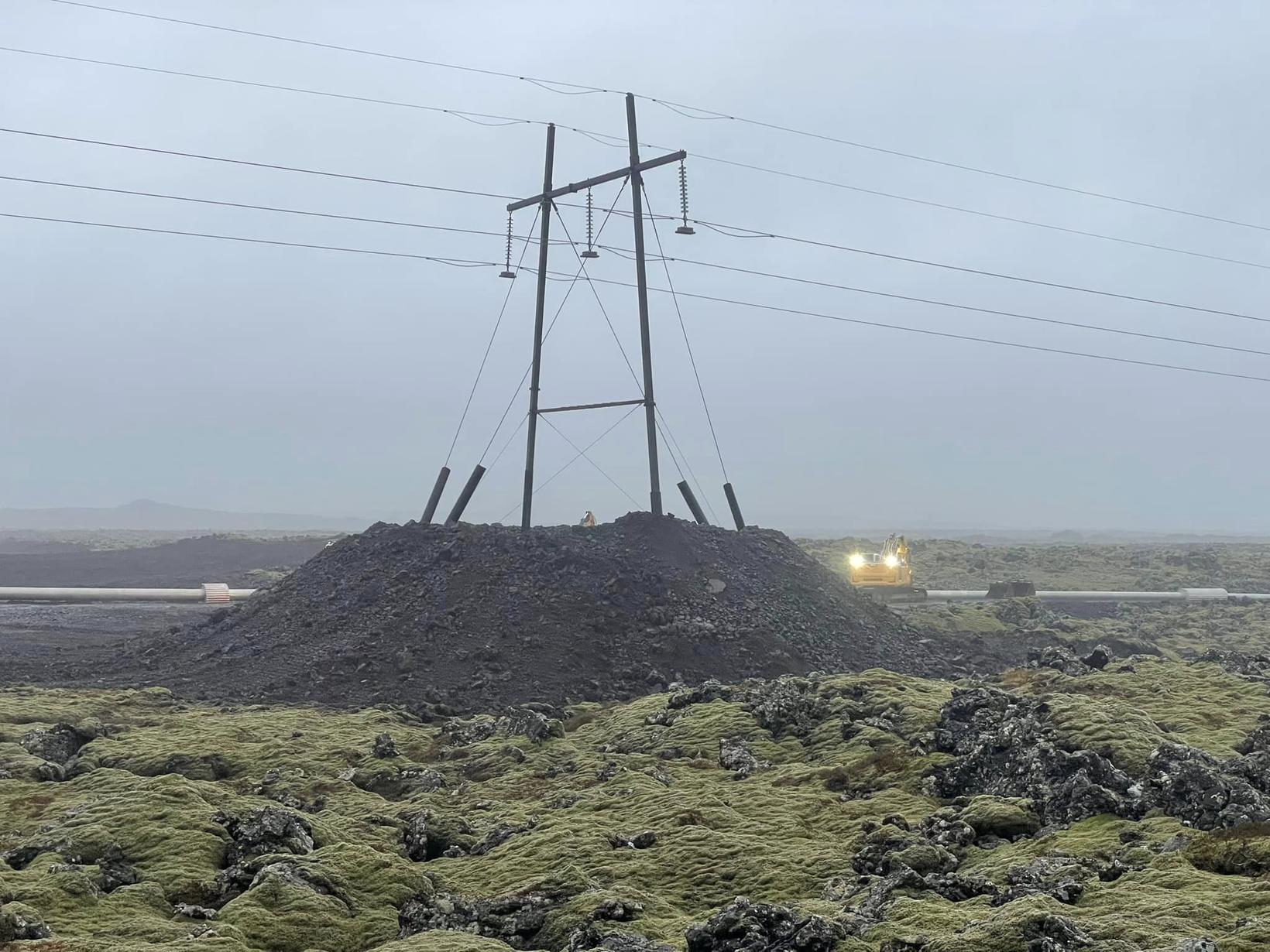

 Set a bookmark
Set a bookmark


